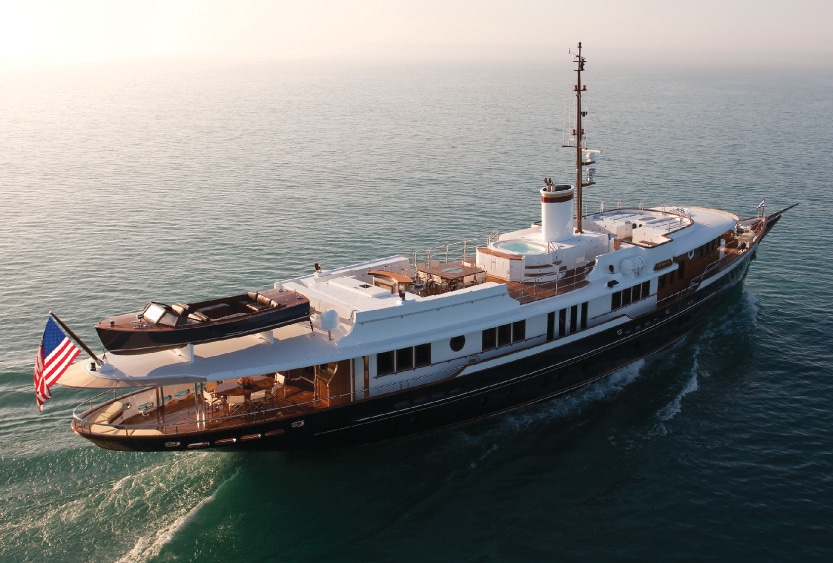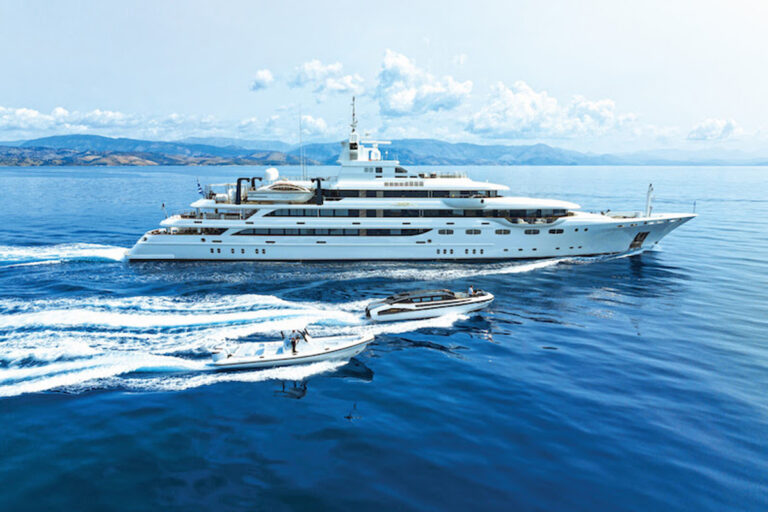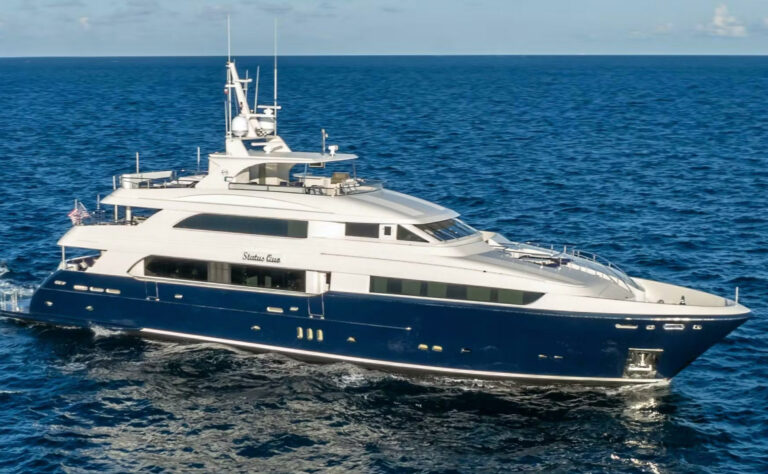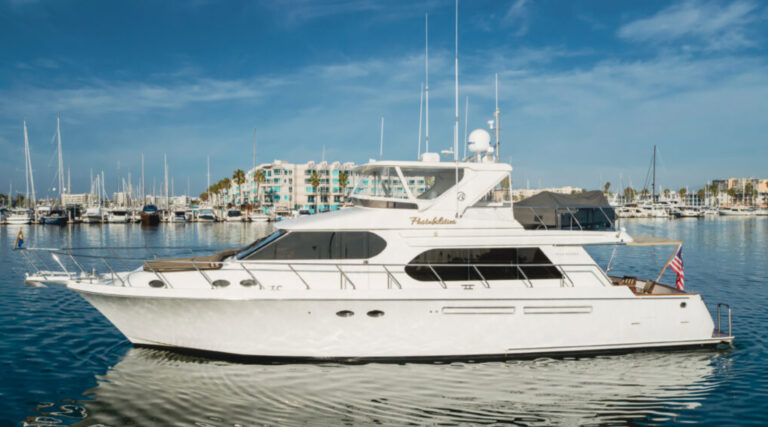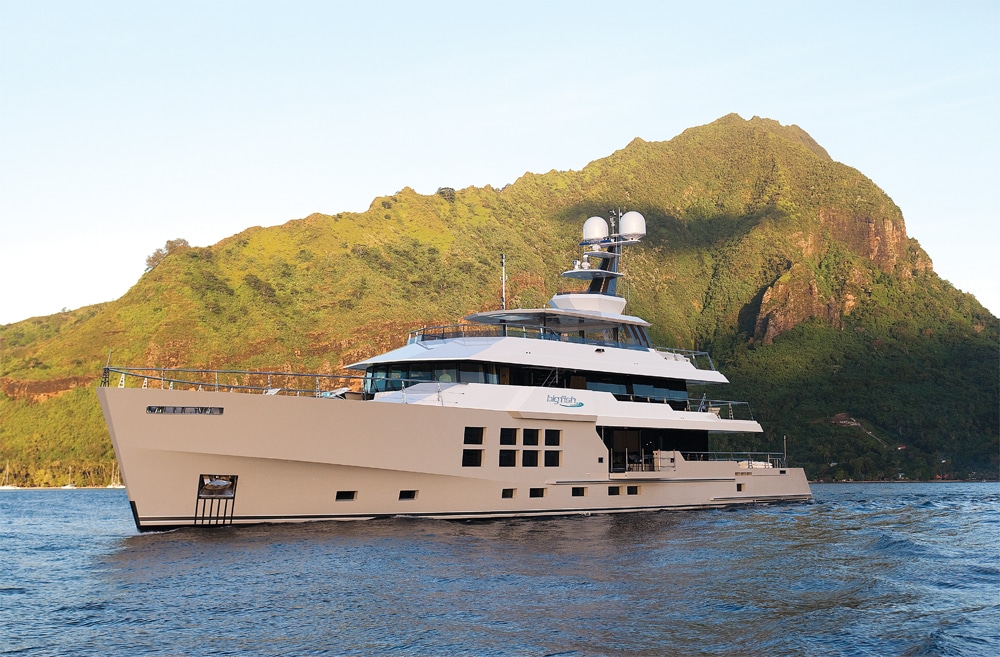
Trendsetters
Expedition yachts seem to offer the right combination of styling, amenities, range, accommodation space and work-boat ethic for the yacht buyer of today. Big Fish, the 147-foot, 7-inch steel-hulled build by McMullen & Wing, designed by Gregory C. Marshall Naval Architect for Aquos Yachts, is one such boat, with five staterooms, a 10,000-mile range and stone decks that require minimal maintenance. The boat is luxuriously appointed with a 22-foot video wall, an upper-deck Jacuzzi and extensive outdoor space. If the maiden voyage schedule for Big Fish is any indication, this big volume boat has big plans. Beyond the standard South Pacific island-hopping, Big Fish is slated to visit Patagonia and Antarctica this winter, while next summer brings her through the Northeast Passage — that’s correct, along the north coast of Russia. But the best part is that those aboard Big Fish will actually see the sights: Huge windows make sure all guests can take in views of her magnificent surroundings. And better yet, they can get into the action themselves: She’s equipped with a custom aluminum tender with a diesel-powered jet drive and 250-mile range, plus a pair of sailing dinghies, six kayaks, and fishing and dive gear. mybigfishcharters.com
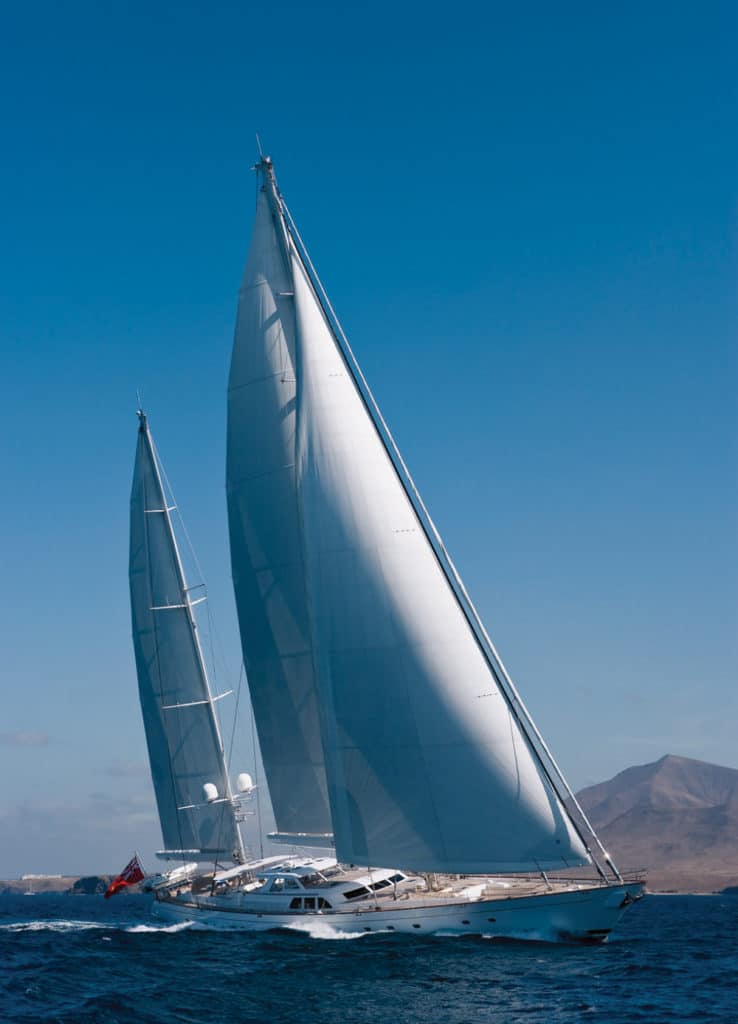
Trendsetters
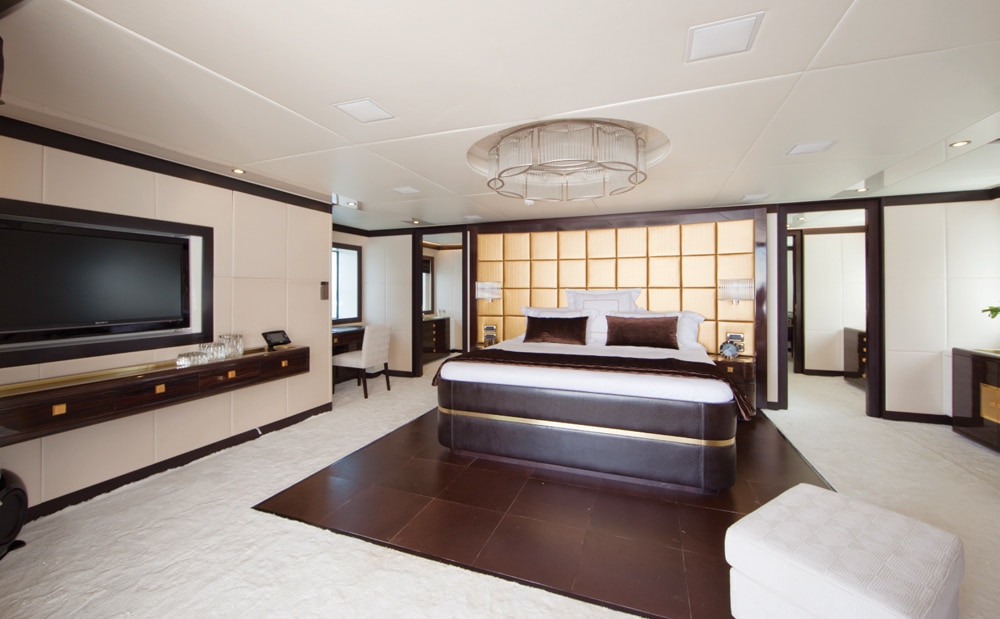
Trendsetters
Opulence is nothing new in a master stateroom. But there has been a sea change in the criteria defining that luxury. Not long ago the midship master, where pitch and roll would impart less movement, was considered the ideal. Back then, the demands of designing around a full-beam stateroom were as simple as an additional staircase here or a concealed service passageway there. But no more. Owners no longer want to be located belowdecks. The challenges of putting a master stateroom on the main deck, or even the upper deck, have meant yacht designers are capitalizing on the increased volume that results from new hull designs and stabilizer systems. The results speak for themselves: Huge, full-beam main-deck masters offer sitting areas with treasured objets d’art, efficient, comfortable offices, his-and-hers heads with spa-worthy fixtures, huge windows looking onto world-class views and, of course, a giant berth swathed in the finest bed linens. Then there are those yachts that raise the stakes, and the master, to the upper deck.
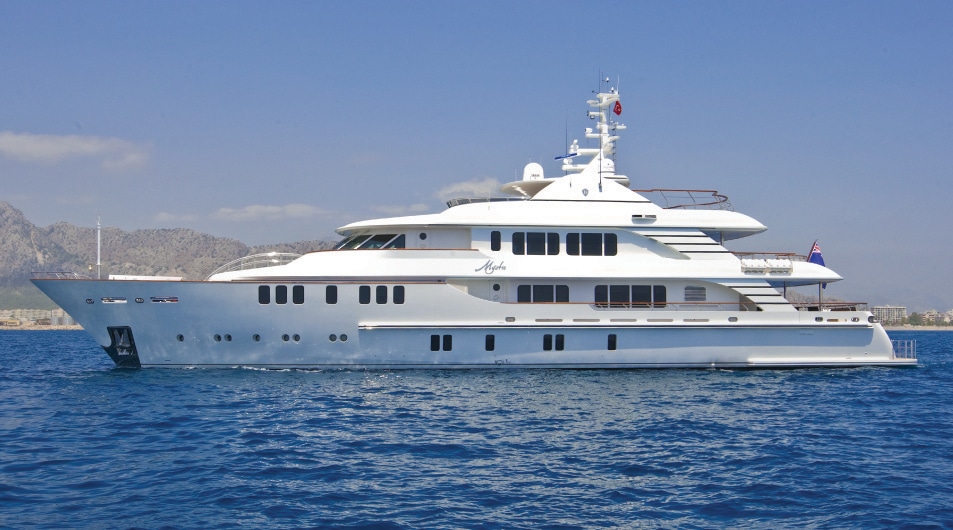
Trendsetters
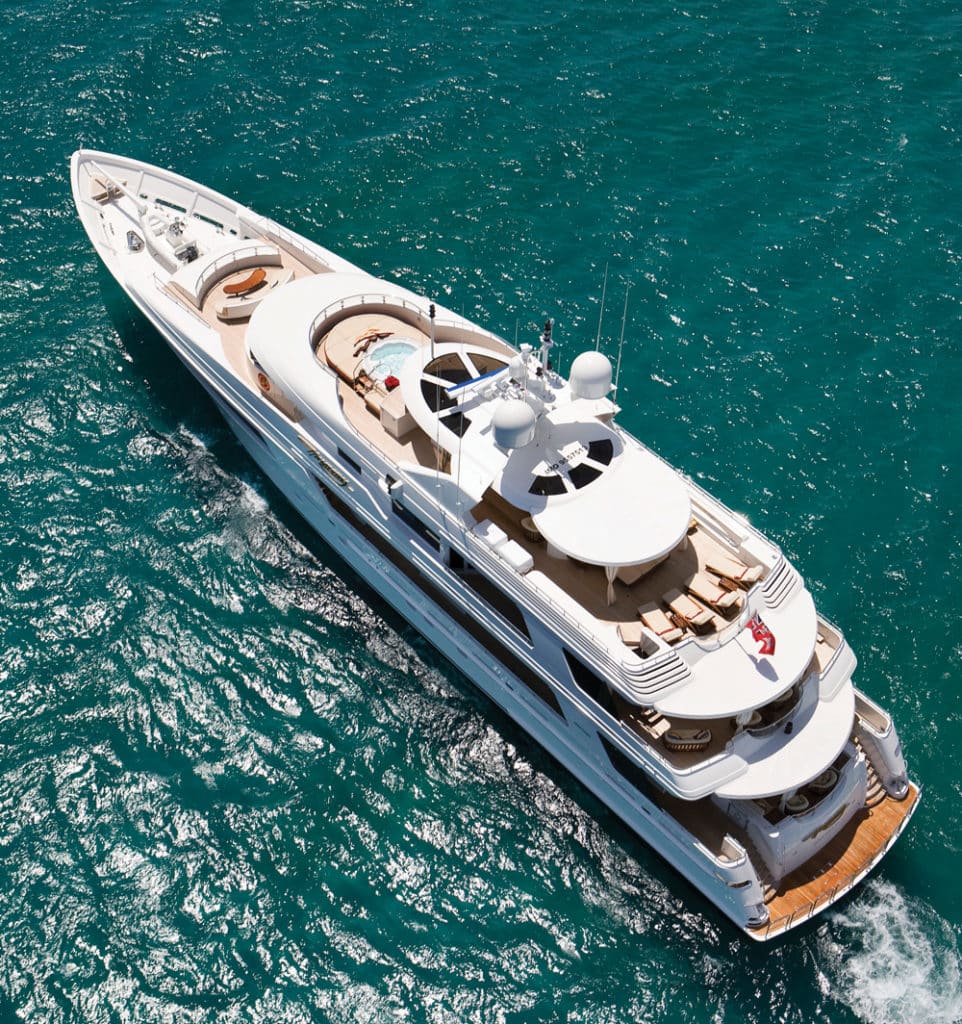
Trendsetters
As yachts became more comfortable and packed with amenities, designers were challenged to conceal the nuts and bolts of essential ship systems. Pretty as they are, well-greased equipment and properly maintained hardware are not appealing to all guests as they make their way to the upper-deck hot tub. One prominent area had long retained its service-space mission: the foredeck. Tradition held that this was where crew would do their cigarette-smoking — kept company by the windlass and maybe a tender and davit — that is, until designers and owners realized what they were missing. Under way, the foredeck has the obvious yet incomparable advantage of looking forward, with views of where the boat is going. At anchor, the foredeck puts guests in the freshening breeze, and since the afterdeck, while delightful, is more sheltered, why not have access to both? And tied up stern-to, when the afterdeck becomes a reviewing stand for the sometimes less-than desirable parade of the quay, the foredeck gives harbor views and more privacy._ Harmony_, a Westport 164 designed by Donald Starkey and naval architect William garden, makes excellent use of foredeck space as a way of balancing interior and exterior guest areas: an observation deck forward of the pilothouse is equipped with a settee with curving cocktail table. Some of the appeal of going forward still lies with the equipment, as forward staircases on either side lead to a tender and davit kept in plain view. westportyachts.com
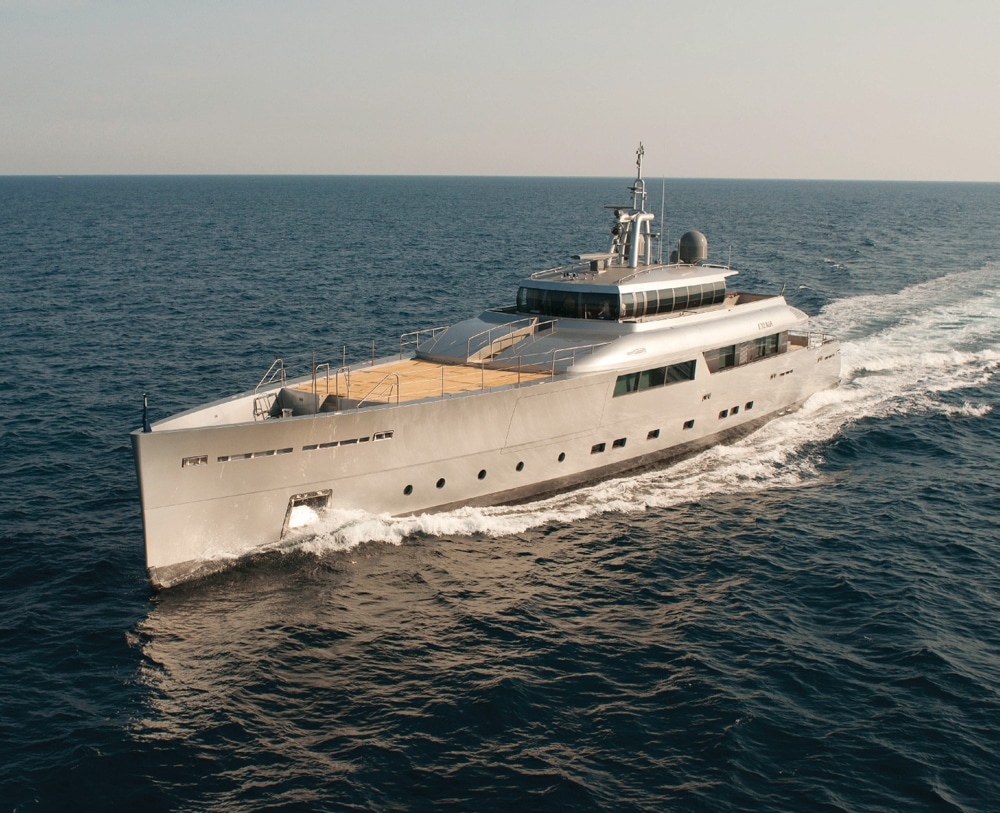
Trendsetters
In keeping one’s guests in the manner to which they’re accustomed, accommodation space can become an issue. Put simply, the word “cozy” seems to have lost its charm and positive connotation. Guests need room to spread out, both in private and shared spaces. Service areas need also to increase proportionally to ensure the crew can function at the levels expected. Boatbuilders are heeding the call and adding to interior volume. The result: more space belowdecks, often accompanied by huge windows to compound the airy feel with natural light. On the exterior, those windows reach high into slab-sided forward sections, often coupled with styling cues that draw the eye to an updated, muscular shape. In profile view, the side decks often vanish into the prominent forward area as the eye moves forward. Case in point: Picchiotti, the motoryacht division of sailing-superyacht builder Perini Navi, has delivered Exuma, a 50-meter explorer yacht with a mere 9.5 meters of beam. That slender hull is meant for efficient cruising with a range of 5,500 nautical miles at 12 knots. Yet she carries multiple tenders, including a hovercraft and an amphibious car. The volume forward allows for main-deck garages on either side that accommodate this micro fleet and allow the yacht to fulfill its exploratory mission, putting its complement of guests and crew into contact with the worlds opened up by Exuma’s range. www.picchiotti.net
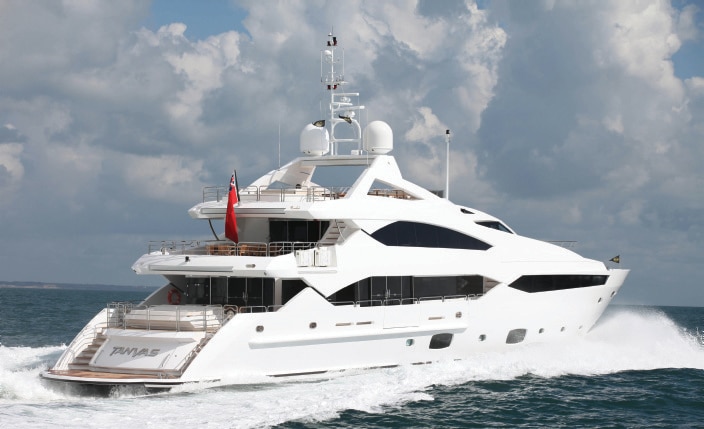
Trendsetters
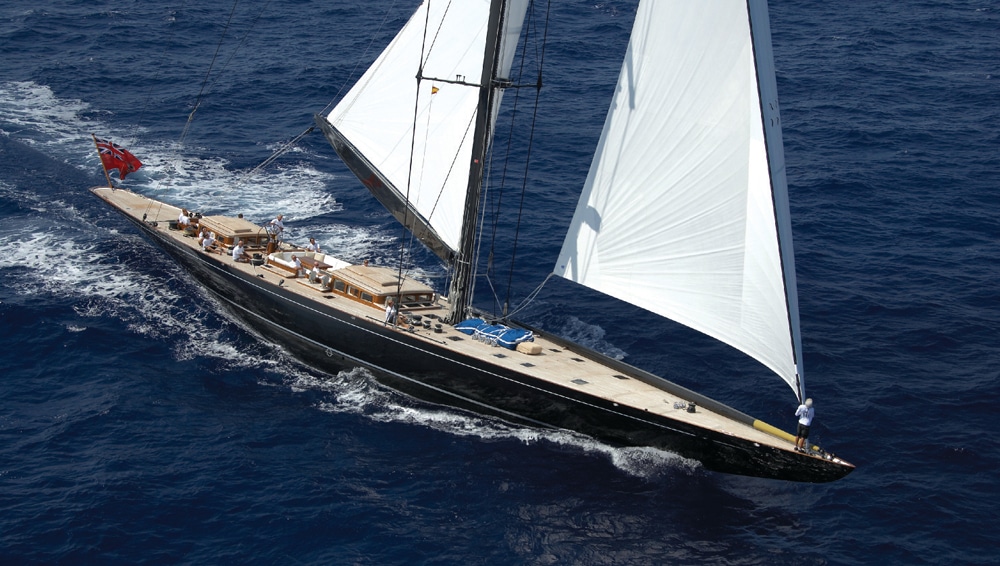
Trendsetters
There’s magic in the breeze when a classic sailing yacht glides past, its quiet motion heightened by the intelligible conversation of her crew. The harmony of those designs is not lost on those who take such creations and update them with today’s technology. The result? A startling lack of compromise, with the limitations of build technique and materials circumvented by time. Lionheart is the revival of a J-Class design completed for the Ranger syndicate in 1936 by Starling Burgess and Olin Stephens, and the largest J-Class vessel afloat at 43.4 meters. Dutch firm Hoek Design undertook the transformation of the drawings into this Alustar build — constructed at Bloemsma Aluminiumbouw in Makkum in the Netherlands — but the overhangs, 17 meters worth, mean her lines meet the standards of her class. They do more than that. The actualization of this design is just the latest high-tech build that looks to designers from the past, and says they had it right. Today’s yacht owners and builders have the resources to create something new and special, but special isn’t always that simple, and new isn’t always better. Distinctive design can get lost in the numbers of weight studies, tank testing and strength ratios. Some designers look to what pleased the eye in the past, and try to capture the essence of what made it work. When done properly, a sailing yacht slipping past carries more than speed and crew — it catches the eye, and the admiration of those who watch it. sailing-yacht-lionheart.nl/construction.html
